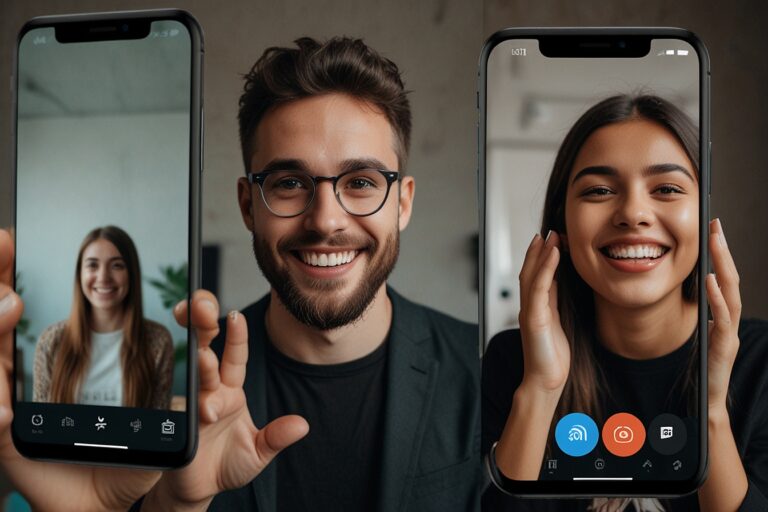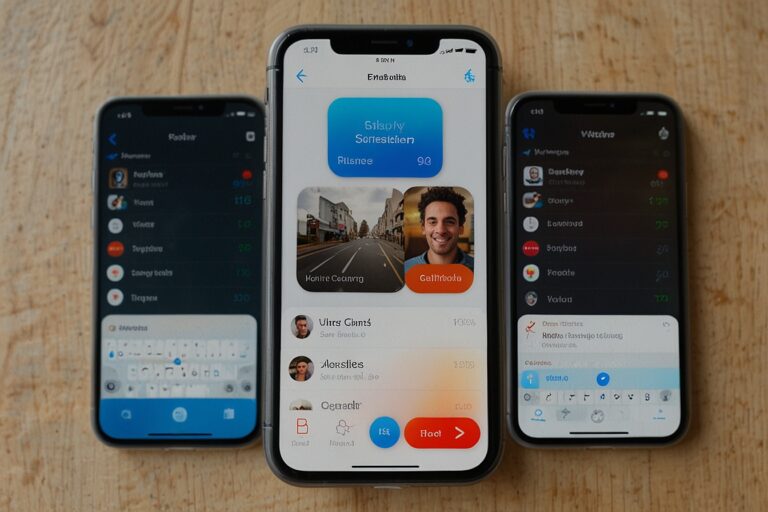
TL;DR
- YouTube launches age-estimation AI to better detect teen users in the U.S.
- Teen protections include disabled personalized ads and screen time reminders.
- Users misidentified as under 18 can verify age with ID or selfie.
- Rollout follows YouTube’s broader 2025 safety roadmap and government scrutiny.
- Age protections expand beyond self-reported birthdays to inferred signals.
AI Will Now Guess Your Age to Protect Teen Viewers
YouTube announced on Tuesday that it’s beginning to roll out AI-based age-estimation technology in the United States, aiming to identify teenage users even when they don’t disclose their real birthdate. This marks a significant expansion of YouTube’s efforts to create age-appropriate digital experiences.
According to the company, a variety of behavioral and account signals—not just the birthdate entered during signup—will be analyzed to estimate a user’s likely age.
New Digital Protections for Teens
Once a user is flagged as a teen, YouTube will apply a range of protections:
- Disabling personalized ads, to limit targeted content exposure
- Restricting repetitive viewing of certain sensitive videos (e.g., body image, aggression)
- Enabling digital wellness tools like bedtime reminders and screen time tracking
These measures are an expansion of protections first introduced in 2023 and 2018 but were previously only applied to users who verified their age.
What Happens If You’re Misidentified?
Users wrongly flagged as under 18 will have the opportunity to verify their age using:
- A government-issued ID
- A credit card check
- A selfie verification system, similar to processes used by Yoti and others
Only users who are verified to be over 18—either through these means or inferred by the system—will be allowed to watch age-restricted content.
Gradual Rollout & Machine Learning Monitoring
This machine learning-powered system will first be introduced to a small number of U.S. users over the next few weeks. YouTube says it will closely monitor feedback and performance before expanding the rollout further.
The initiative is part of YouTube’s 2025 roadmap to build a safer online platform for teens and children. It follows recent efforts like the launch of the YouTube Kids app in 2015 and the introduction of Supervised Accounts in 2024.
Government Pressure and Industry Lobbying
The move also aligns with increased regulatory pressure on tech platforms in the U.S. As debates over children’s digital privacy and safety heat up, platforms like Apple and Google are promoting their own tools while facing scrutiny from lawmakers and watchdogs.
Tech companies like Meta and others are lobbying over age verification responsibilities, trying to shape forthcoming legislation.
Meanwhile, more than a dozen U.S. states—including Texas, Florida, Utah, and Connecticut—have already passed or proposed laws requiring age verification or parental consent for minors accessing online platforms. Some, like Utah and Arkansas, are currently blocked by litigation or awaiting implementation.
Global Expansion and U.K. Rollout
Internationally, the United Kingdom has also stepped up age protections by enforcing age-verification checks this week, in line with its Online Safety Act of 2023.
How Age Is Inferred — But Still a Black Box
While YouTube hasn’t shared exactly how its age inference model works, it did confirm that factors like account longevity and watch activity may influence the estimate. The tech only applies to signed-in users across web, mobile, and connected TVs. Signed-out users are already blocked from viewing restricted content.
The Data
| Feature or Fact | Details |
| Rollout Region | U.S. only for now |
| Rollout Timing | Begins July 2025, gradual rollout |
| Age Verification Methods | Government ID, credit card, selfie |
| Teen Protections | Disabled ads, screen time tools, content restrictions |
| U.K. Regulation | Online Safety Act in effect |
| State Regulations | Texas, Florida, Utah, Connecticut |
Conclusion
With its new AI-powered age-estimation system, YouTube is taking another step toward accountability and child safety, closing a loophole long criticized by regulators and child safety advocates. Whether this approach sets a new standard—or raises new privacy concerns—remains to be seen.





